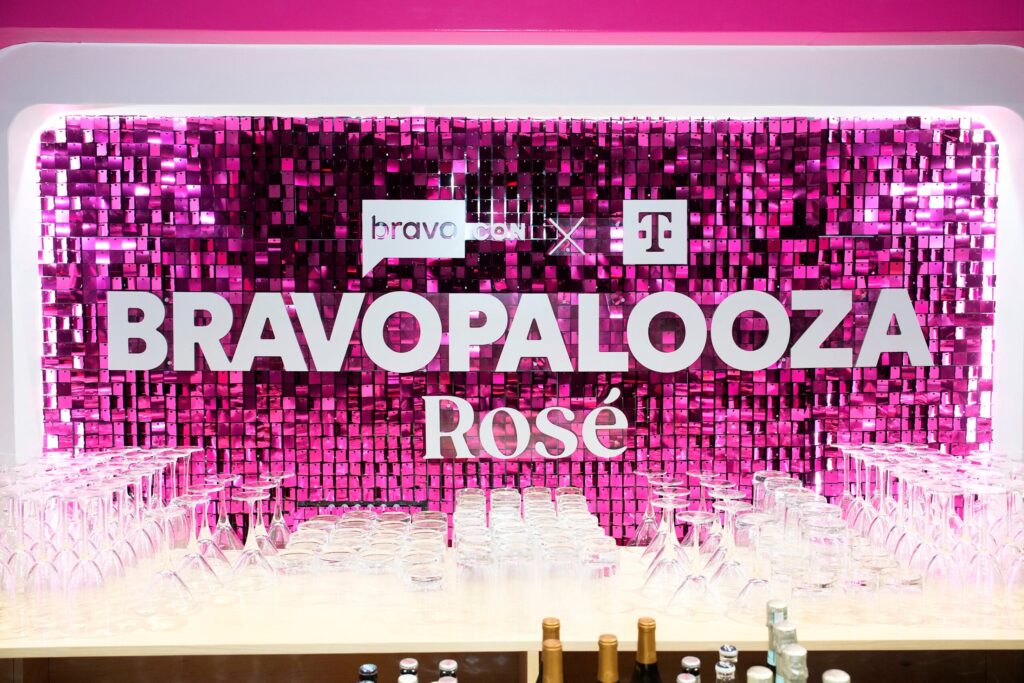Event-based and behavioral triggers are a great way to continuously communicate with your prospects and customers and extend the lifecycle of any campaign, traditional or interactive. As long as your messaging points respondents to your Web site and you can get them to opt-in, you’re in business.
Triggered e-mail campaigns send out messages based on:
· Specific events, such as a birthday
· An action taken by a customer or prospect, such as a whitepaper download
· Information they’ve provided you with, such as where they plan to go for their next vacation
It’s important to understand that the information you have in your database and how it’s organized will largely determine the success of your campaign. When planning a lead generation campaign with an event-based or behavioral trigger component, be sure to take the time to think about:
1. What information do you need to capture so you can send relevant, timely and personal e-mails?
2. How are your prospects and customers already interacting with your company and/or Web site?
3. What are the critical moments during your sales cycle that determine whether or not you are going to make a sale? How can a strategically timed e-mail help?
4. How might a recipient respond to each triggered e-mail? Think of follow up trigger emails based on these actions.
5. How often can you communicate with a prospect without causing them to opt-out?
6. What actions will stop the triggers altogether?
Once you’ve gone through the above exercise, select two or three questions that will enable you to send prospects relevant, timely and personal e-mail communications. Add them to your lead capture forms so that you can base your e-mail triggers on the information you capture.
And your existing database is just as important. However, the information you might want to gather for your prospects could be slightly different from your customers. You can capture new information for your existing database by sending an e-mail survey or asking customers to update their information when they log in to their account.
Now what? The next step is to develop a communication strategy for the different segments of your database: existing customers, existing prospects, past or inactive customers, new leads, etc. Though the end goal for all of your campaigns may be to generate sales, the strategy, messaging, offers and frequency of the triggered e-mails could be quite different depending on who you are talking to. Once your communication strategy is in place, it’s time to create targeted e-mail messages for your campaigns based on the answers to the questions in your lead capture form, which campaign is being responded to, and the actual interaction with your product / service.
Let’s say you are offering a free 30-day trial to test drive your project management software. You create a series of benefit driven e-mail messages that encourage prospects to upgrade to the paid version of the software and program these e-mails to go out once a week.
Then, take it a step further by including a question in your trial sign up form asking what industry they work in. Then, instead of triggering a generic e-mail, the industry they select triggers a message that illustrating the benefits specific to their industry.
While planning this campaign, you also determine that unless they actually use their trial account to test drive the product, the chances of them upgrading are very low. As a result, you create another rule that sends a different set of e-mails to those who are not using their trial. These focus on getting recipients to use the trial, offering them assistance to help them get started. Once they start using their trial account, the industry specific e-mails kick in. Last but not least, you set up a rule to stop these triggered e-mails completely when a prospect converts into a paid customer.
The beauty of event-based triggered messaging is that you can make it extremely relevant to the person receiving the e-mail. It also enables you to automate a large portion of your marketing campaign, even while coordinating efforts with a sales team.
And remember, it’s dangerous to never look back once you’ve implemented a strategy. Continuously monitor every campaign.
Yael Penn is the founder of Imagine 360.



